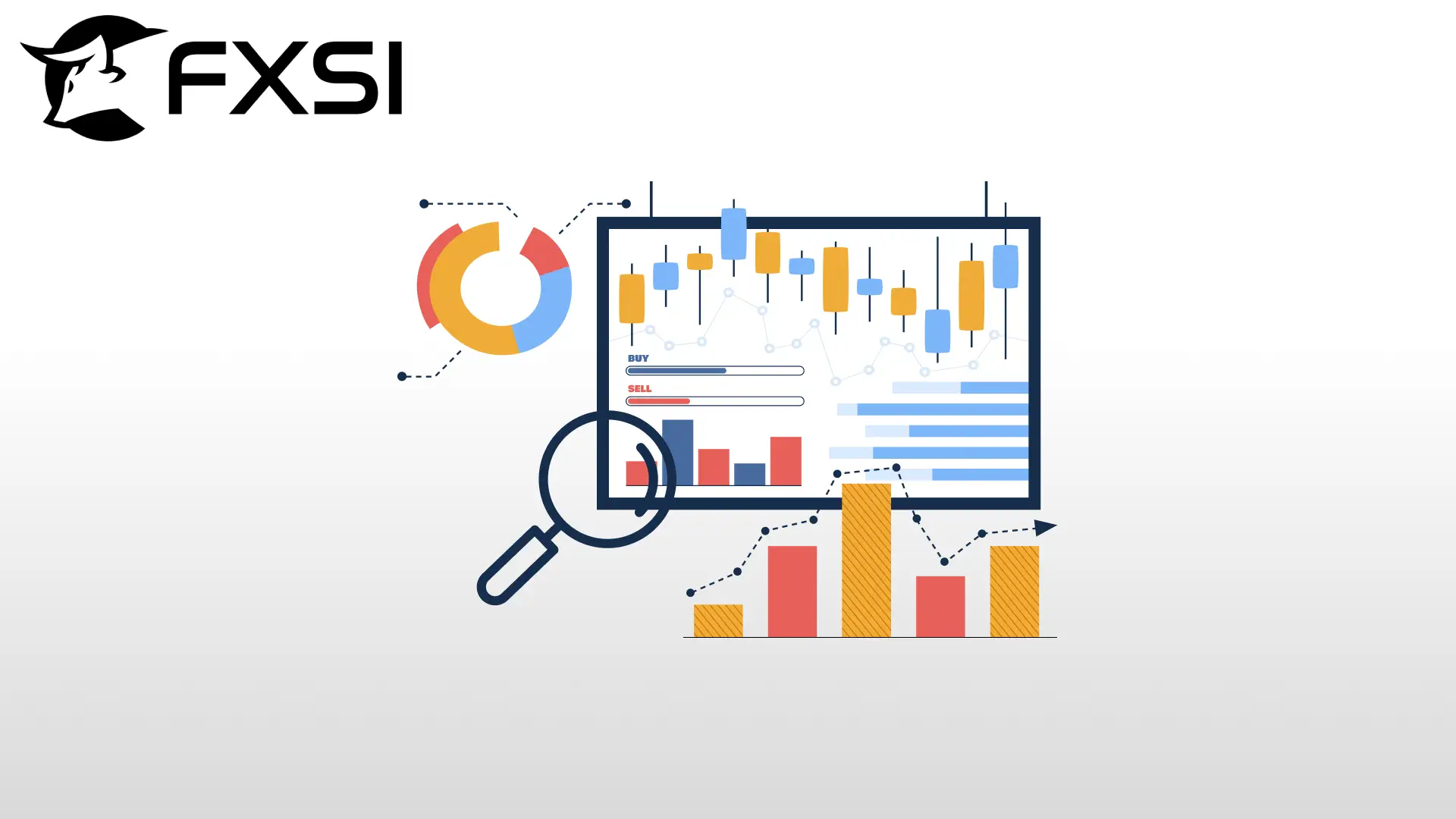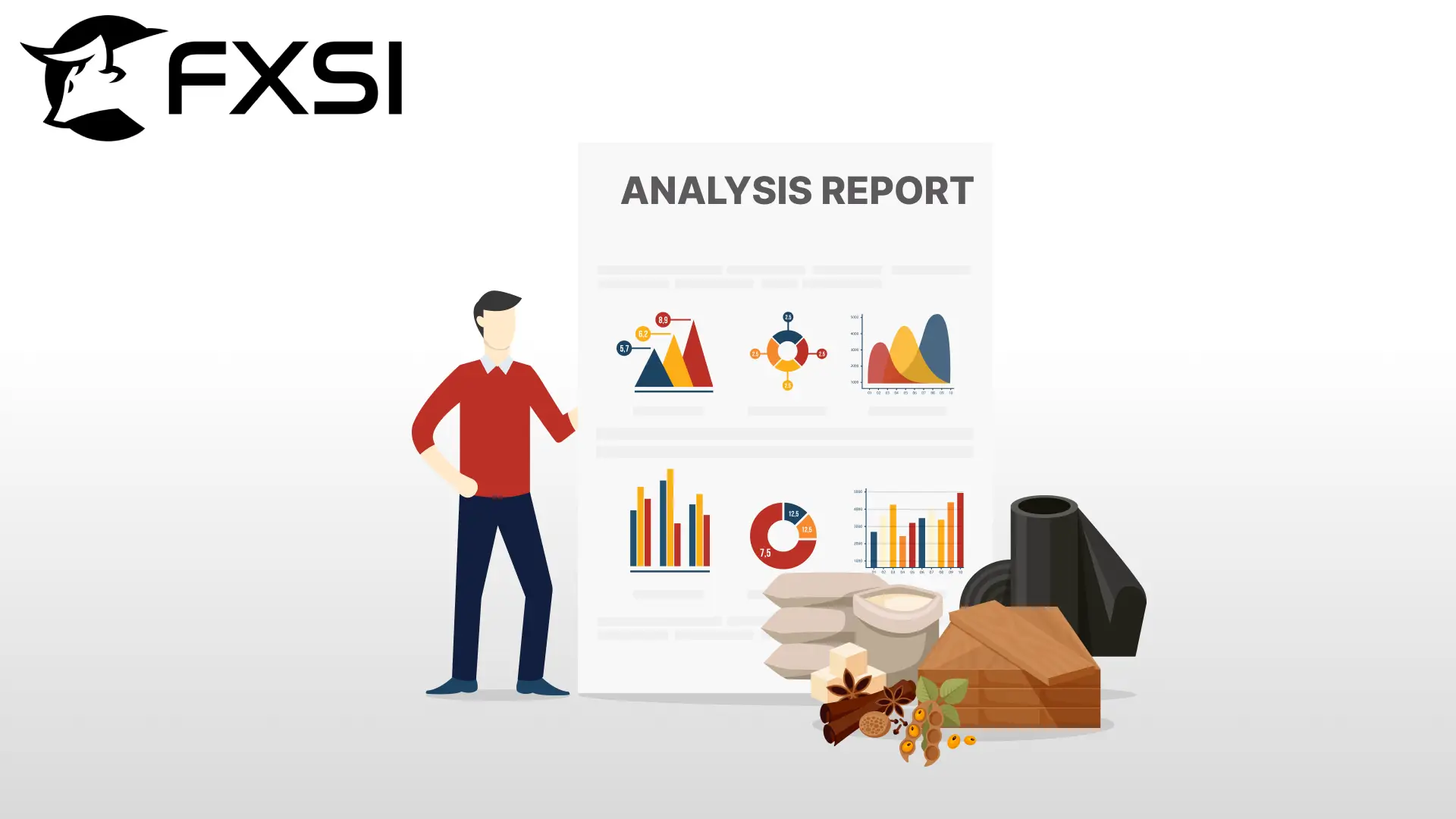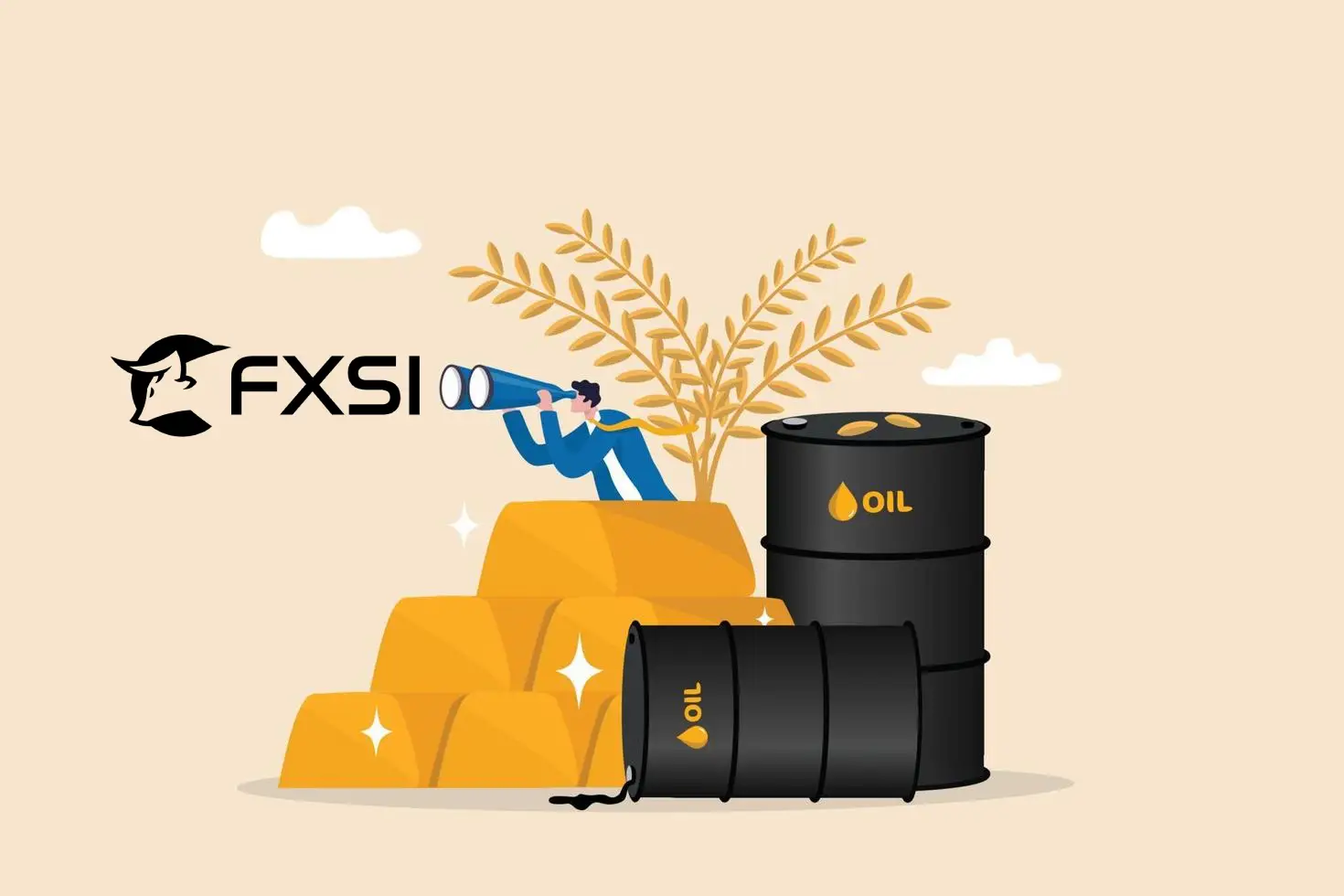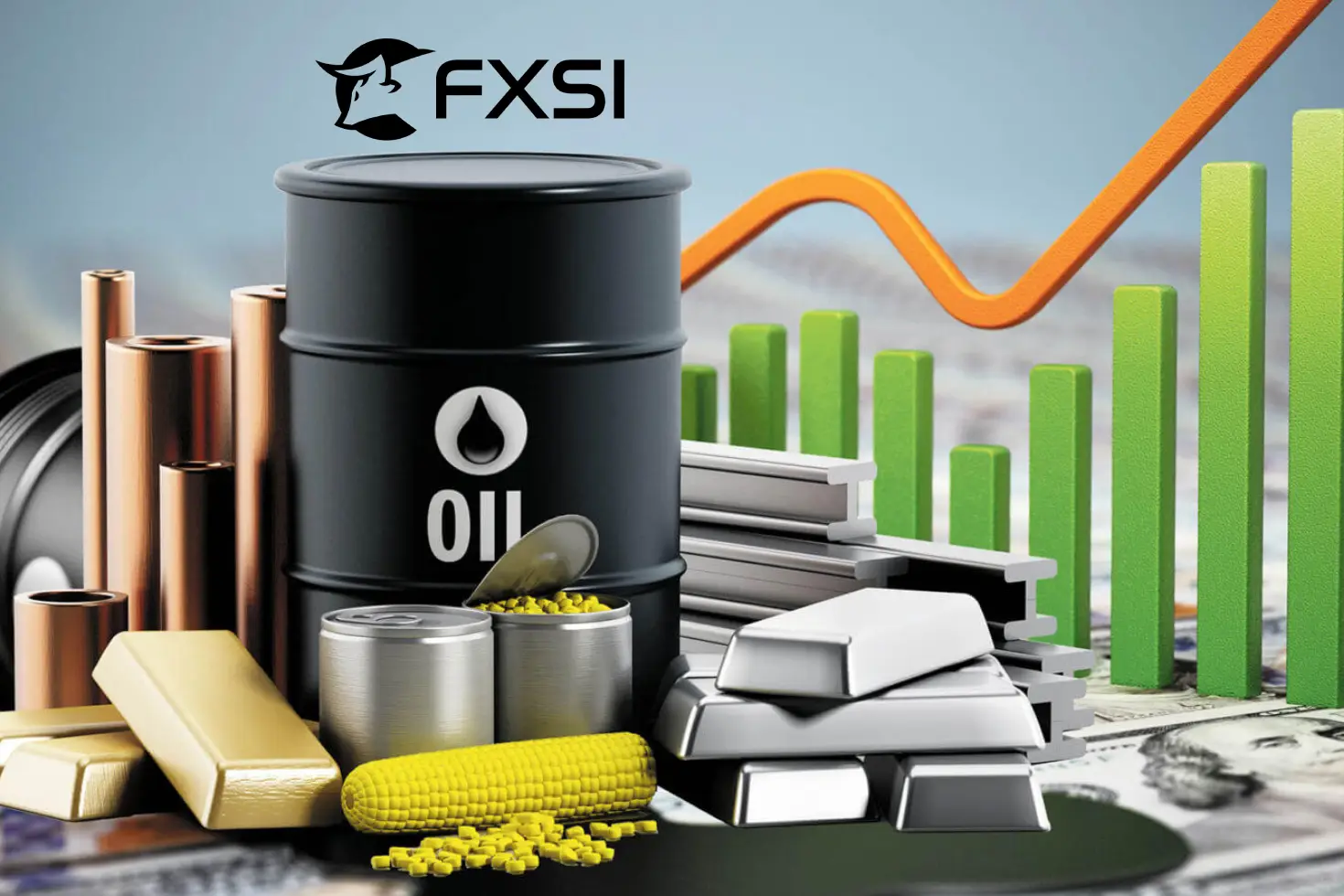Table of Contents
Commodity trading risk management is critical to understand, especially if you’re a new trader because commodity trading offers giant opportunities but comes with significant risks.
This guide will explore essential commodity trading risk management strategies, ensuring you minimize losses while maximizing profits. From beginners to experienced traders, mastering these techniques can make a significant difference in navigating the complex commodity market.
What is Commodity Trading?
Commodity trading is the buying and selling of raw materials or primary goods such as oil, gold, wheat, and natural gas. Unlike stocks or bonds, which represent ownership in a company or debt obligations, commodity trading focuses on physical assets that hold intrinsic value.
These assets are traded in the commodity market, either through spot transactions (immediate delivery) or futures contracts (agreements to buy/sell at a future date).
There are two main categories of commodities:
- Hard Commodities – These include natural resources such as crude oil, gold, silver, and industrial metals like copper. Energy commodities, such as natural gas and coal, also fall under this category.
- Soft Commodities – These are agricultural products like wheat, corn, coffee, sugar, and cotton. Livestock, such as cattle and hogs, is also considered a part of soft commodities.
For example, a trader might purchase gold futures expecting prices to rise, aiming to sell later for a profit. Similarly, an airline company may hedge against rising fuel prices by entering into commodity futures contracts for crude oil.
The commodity market operates through exchanges like the Chicago Mercantile Exchange (CME), the London Metal Exchange (LME), and the Multi Commodity Exchange (MCX) in India. These exchanges provide platforms for traders, investors, and companies to speculate on or hedge against price fluctuations.
While commodity trading offers profit opportunities, price volatility makes commodity trading risk management essential. Without proper strategies, traders can suffer heavy losses due to sudden market shifts, global economic changes, or supply chain disruptions. This is why understanding risk management in commodity trading is crucial for long-term success.
Commodity Trading Risks & Challenges!
Commodity trading can be highly profitable, but it also carries significant risks. Understanding these risks is essential for effective commodity trading risk management and long-term success. Below are the key risks traders face in the commodity market:
1. Price Volatility
Commodity prices are highly volatile due to factors such as geopolitical events, supply and demand fluctuations, and global economic conditions. For example, crude oil prices can swing dramatically due to OPEC decisions or conflicts in oil-producing regions. Without a solid risk management strategy in commodity trading, traders can suffer heavy losses from unexpected price movements.
2. Leverage Risk
Many traders use leverage to amplify their positions in commodity futures, but this also increases the risk. A small market movement can wipe out a leveraged position, leading to significant financial losses. Proper position sizing and stop-loss orders are crucial for minimizing this risk.
3. Liquidity Risk
Certain commodities, especially niche agricultural products, may have low liquidity, making it difficult to execute large trades without impacting prices. Commodity traders must consider market depth before entering positions to avoid slippage and poor trade execution.
4. Political Risks
Government policies, tariffs, and regulations can directly impact the commodity market. For instance, export bans on agricultural products or new environmental regulations on mining can disrupt market stability, affecting traders’ profits.
Commodity Trading Risk Management Strategies:
Effective commodity trading risk management is essential for minimizing losses and ensuring long-term profitability. By implementing the right strategies, traders can protect their investments from market volatility, leverage risks, and unexpected price movements.
Below are some of the most effective risk management strategies in commodity trading:
1. Hedging Strategies
Hedging involves taking an offsetting position to reduce the impact of price fluctuations. Traders and businesses use commodity futures and options to protect against adverse price movements.
- Example: An airline company might hedge against rising fuel prices by purchasing crude oil futures. If fuel prices increase, the gains from the futures contract can offset higher operational costs.
This strategy helps reduce uncertainty and ensures stable profits, making it a key component of commodity trading risk management.
2. Stop-Loss & Take-Profits
Using stop-loss and take-profit orders helps traders limit losses and secure profits automatically.
- Stop-Loss Order: A pre-set price level at which a trade automatically closes to prevent further losses.
- Take-Profit Order: A price level at which profits are locked in before the market reverses.
For instance, if a trader buys gold futures at $1,900 per ounce, they might set a stop-loss at $1,850 and a take-profit at $1,950 to manage risk effectively.
3. Commodity Diversification
Avoiding overexposure to a single commodity is crucial for risk management. Traders can diversify by investing in multiple commodities, such as gold, crude oil, and agricultural products, to spread risk across different sectors.
- Example: If oil prices fall due to oversupply, a trader holding gold might still profit since gold often rises during economic uncertainty.
By diversifying, traders reduce dependency on a single commodity, balancing potential losses.
4. Leverage & Position Sizing
Leverage amplifies profits but also increases risk. Proper position sizing ensures that traders do not risk too much capital on a single trade. A common rule is to risk only 1-2% of total capital per trade to prevent large drawdowns.
- Example: A trader with a $50,000 account may decide to risk only $500 per trade, ensuring they can sustain multiple trades even during market downturns.
This disciplined approach helps protect capital and prevents emotional decision-making.
5. Fundamental & Tech. Analysis
Successful commodity traders rely on both fundamental and technical analysis to make informed trading decisions.
- Fundamental Analysis: Focuses on supply and demand, geopolitical events, and economic indicators affecting commodity prices.
- Technical Analysis: Uses historical price data, chart patterns, and indicators like Moving Averages and RSI to predict future price movements.
By combining both methods, traders can anticipate market trends and make data-driven decisions.
6. Keeping Up with Market News
Staying updated on commodity market news, global events, and regulatory changes is crucial for risk management. Unexpected developments like export bans, new tariffs, or geopolitical tensions can impact commodity futures prices.
- Example: A sudden increase in U.S. interest rates may strengthen the dollar, leading to a decline in commodity prices like gold and crude oil.
By monitoring market trends and policy changes, traders can adjust their strategies accordingly.
Common Commodity Trading Pitfalls to Avoid:
Even experienced traders can fall into costly traps when navigating the commodity market. Avoiding these pitfalls is crucial for effective commodity trading risk management and long-term profitability. Here are some common mistakes and how to trade commodities to prevent them:
1. No Risk Management
Many traders focus solely on profits while neglecting proper risk management in commodity trading. Without stop-loss orders or hedging strategies, a single market downturn can lead to devastating losses.
- Solution: Always use stop-loss and take-profit orders to minimize potential losses and secure gains.
2. Overleveraging Trades
Leverage allows traders to control large positions with a small amount of capital, but it also magnifies risk. Overleveraging can quickly wipe out an account if the market moves unfavorably.
- Example: A trader using 10x leverage on commodity futures may face a margin call if the market drops by just 10%.
- Solution: Use leverage cautiously and risk only a small percentage (1-2%) of capital per trade.
3. Lack of Diversification
Focusing too much on a single commodity exposes traders to excessive risk. If that commodity faces unexpected price drops, it can lead to severe financial setbacks.
- Solution: Diversify across different commodities such as gold, crude oil, and agricultural products to reduce exposure.
4. Trading Without a Plan
Emotional trading, driven by greed or fear, often results in poor decision-making. Many traders enter positions impulsively without a clear strategy.
- Solution: Develop a well-defined commodity trading plan, including entry and exit points, risk tolerance, and trade objectives.
5. Neglecting Market Research
Failing to perform a good market research, which includes analyze market trends, economic data, and geopolitical events can lead to uninformed trading decisions.
- Solution: Regularly monitor commodity market news, fundamental analysis, and technical indicators before making trades.
Wrapping Up:
Successful commodity trading risk management requires more than just market knowledge—it demands a strong commodity trading risk management strategy. Without proper risk controls, traders can face significant losses due to price volatility, leverage exposure, and market unpredictability.
By implementing strategies like hedging, stop-loss orders, diversification, and proper leverage management, traders can safeguard their capital while maximizing profit potential. Additionally, staying informed about commodity market trends, geopolitical events, and regulatory changes helps in making well-informed trading decisions.
Avoiding common pitfalls such as overleveraging, emotional trading, and neglecting market research is just as important as choosing the right commodity trading strategies. A disciplined approach, combined with a solid risk management plan, can help traders navigate the complexities of the commodity futures market with confidence.
Whether you’re a beginner or an experienced trader, the key to long-term success lies in managing risk effectively while continuously learning and adapting. By following these best practices, you can trade commodities with greater confidence and stability.





